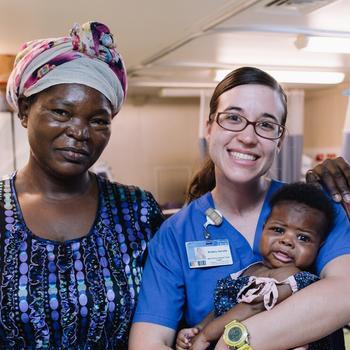For many more, staying at home for the large part of this period has begun making clear the long-term impact of seclusion, on both a mental and physical level. Let us consider the health-risks some might be facing as a result of being cooped up at home over the last few months, a drastic change of pace from normal, everyday life.
1. Lack of exercise, and lethargy
One of the earliest negative effects of the lockdown was the sudden turn to a sedentary lifestyle for many. Those who had relied on early-morning jogs, group yoga sessions, or a round of squash with their friends suddenly found themselves unable to partake in such activities, either for a fear of the risk involved or as a result of government restrictions.
For many, especially those nearing middle-age, these activities represented the sole outlet of exercise in a day usually stacked with office work and household chores. The lockdown could also potentially exacerbate already-present issues, with lethargy becoming largely prevalent in those of a particular age.
2. Failure to treat chronic diseases
With hospitals and medical clinics becoming something of a no-fly zone for many people following the pandemic’s outbreak, the inability to visit a doctor or consult with a practitioner began having many adverse effects for those in greatest need. Patients with chronic diseases like diabetes, hypertension, dyslipidemia, chronic kidney disease (CKD), etc are more likely to strictly adhere to being indoors because of the initial focus on how they fall in the high-risk category. Regular check-ups were likely to be seen as risks not worth taking, and more serious illnesses would be difficult to diagnose and treat. This holds the risk of the condition developing complications.
3. Mental health and isolation
The extended lockdown and period of isolation presents a gigantic challenge for those who rely on physical, in-person contact for socializing—the elderly.
While the younger generation has been able to rely on technology as a means for communication with their friends, grandparents struggled to make the best use of technology’s advancements. Loneliness and negative emotional spirals have become significant after-effects in the lockdown period, including younger generations, with some parties struggling to cope with the mental aspect of the pandemic. This is further aggravated by the stress and anxiety of living through such a time, with widespread paranoia and fear being manifested in communities around the world. That aspect is seen as a primary cause for concern amongst medical experts as a result of its significance on mental wellbeing as well as bodily condition, and rightfully so.
With the pandemic slowly ebbing away and life returning to a state of normalcy, it is of paramount importance that medical practitioners and patients be on the same wavelength when it comes to taking care of their health. It is important to preserve and uphold social distancing guidelines, and only have in-person contact in the severest of cases. Telemedicine—remote care for patients—and clinics which enforce social distancing guidelines will need to be the path medical practitioners and patients alike follow in the near future, ensuring that they can keep up with their body’s own demands while not creating a risky situation for those around them. Further, clinical decision support tools like 5MinuteConsult ensure doctors have the information they need at their fingertips to take the right call for their patient whether they consult in-person or via video calls. In chronic or critical cases, remote monitoring applications can also be leveraged to give doctors updates that allow them to react in real time.
5-point recap
- Reversing the trend of a sedentary lifestyle is significant after months spent in lockdown.
- Those suffering from chronic and long-standing diseases must be a priority following the struggle in a world caught up in the pandemic.
- Mental health and loneliness of the elderly must be addressed.
- Widespread fear must be quelled following the panic caused by the rapid spread of the coronavirus.
- Telemedicine and socially-distanced clinics could be the norm in the post-pandemic world.





